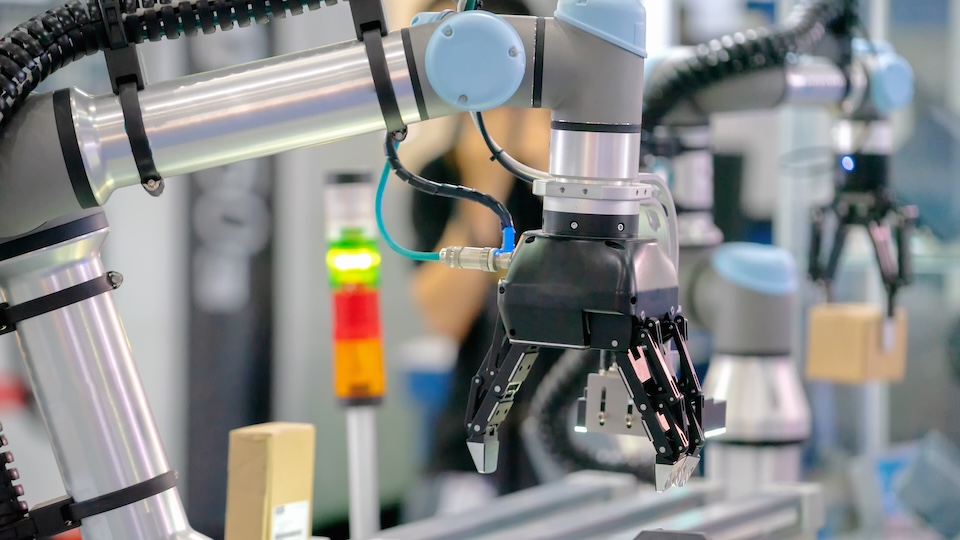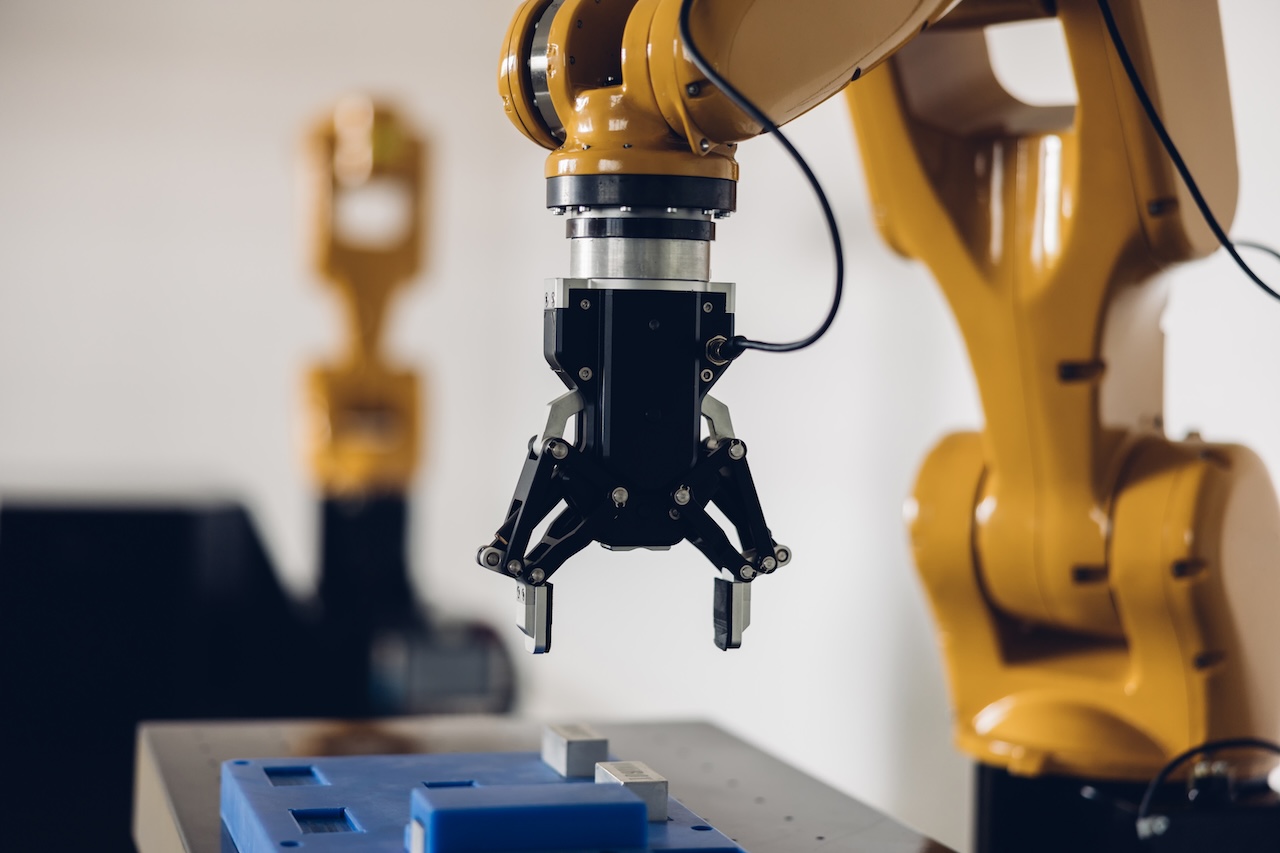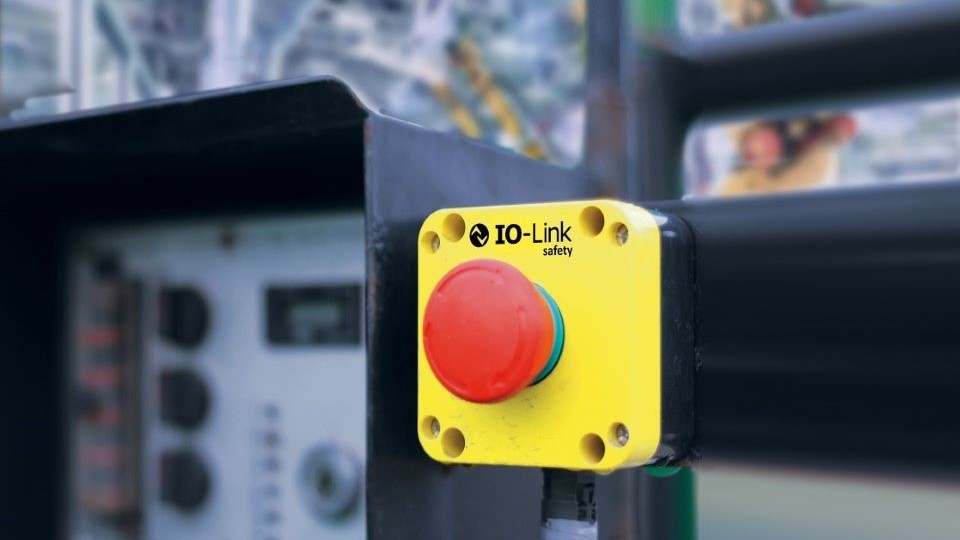 Device manufacturers and users are now considering using IO-Link for more complex devices. In addition to the advantages of installation and the simple, small and cost-effective implementation of the electronics, the openness and global acceptance are the most important motivations. IO-Link can be integrated into practically any automation system. The classic Ethernet-based fieldbus systems, such as PROFINET, serve as the backbone. Although today’s IO-Link masters are mostly gateways, the IO-Link master functionality can be integrated directly into devices such as frequency converters, small controllers, valve islands, or even motion controllers.
Device manufacturers and users are now considering using IO-Link for more complex devices. In addition to the advantages of installation and the simple, small and cost-effective implementation of the electronics, the openness and global acceptance are the most important motivations. IO-Link can be integrated into practically any automation system. The classic Ethernet-based fieldbus systems, such as PROFINET, serve as the backbone. Although today’s IO-Link masters are mostly gateways, the IO-Link master functionality can be integrated directly into devices such as frequency converters, small controllers, valve islands, or even motion controllers.
All of this has led to IO-Link now being used in robotics in a wide variety of forms. The first thing that catches the eye are the electric robot grippers offered by several manufacturers. There are also IO-Link devices that are used for comparable functions, such as vacuum generators for suction grippers, magnetic grippers, and valves for controlling pneumatic grippers.

Wireless Transmission of Energy and Communication
There are also solutions to support the special conditions on the robot head or end effector. Inductive couplers transmit energy and communication wirelessly, making it easy to change tools. IO-Link Wireless meets similar requirements, but the energy must be transmitted via wire. This gives you more freedom in choosing the energy to be transmitted. IO-Link Wireless also makes it possible to operate several IO-Link devices on the robot head. The devices utilized do not have to support IO-Link Wireless themselves. This is where the IO-Link Wireless Bridge comes into play, which converts IO-Link Wireless into IO-Link, so that any wired IO-Link device can be used.
The Zimmer Group, for example, offers a very interesting solution with its Smart Communication Module (SCM). The gateway converts digital signals from a robot into IO-Link, even if the robot still offers other communication interfaces. The connected IO-Link grippers and the implementation logic of the digital interface in IO-Link can be set up and tested via Ethernet. Prior to IO-Link, the digital interfaces required many connection cables and are not standardized in terms of their meaning or functional logic . With the SCM however, this diversity can be managed in one device and the powerful and universal IO-Link communication can be used with the grippers.
Wide Range of Devices
In addition to the devices and solutions that can obviously be directly assigned to robotics, many other IO-Link devices are also used in robotics. These include cameras, RFID and barcode readers, and vibration sensors.
Depending on the application, the IO-Link master is located at the base of the robot, at the interface to the robot head, or on the robot head itself. Solutions such as PROFINET via wireless LAN are also employed here.
Looking to the future, IO-Link Safety will significantly expand the possibilities. Especially with collaborative robots, functional safety is essential for everything that initiates or monitors movements. IO-Link Safety achieves this up to Safety Integrity Level 3 without additional installation.

With IO-Link Safety, the safety communication on the IO-Link Safety master is translated into the respective higher-level system. This is, for example, PROFIsafe for PROFINET. The first IO-Link Safety masters support PROFIsafe already.
IO-Link Safety means that one and the same device can be used unchanged worldwide and in a wide variety of system environments. This is even more important for robot grippers, as developments with functional safety are much more complex and, due to the specific requirements of the applications, the variety of variants is large but the quantities per variant are manageable.
The control of the robot itself will probably remain the realm of Ethernet-based systems. However, IO-Link will be used around the robot with a wide variety of functions, such as signal lights or safety functions such as door locks, light grids, protective field scanners, or control panels with emergency stop buttons.
Companies like Schmalz, Weiß Robotics, and Zimmer Group were the pioneers. Both the major users such as the automotive industry and the robot manufacturers had to be convinced of the benefits of IO-Link. It is noteworthy that the Japanese automotive industry was the first to recognize the strategic advantage for itself and that there are now many Japanese IO-Link device manufacturers. IO-Link is now increasingly being used in the German automotive industry. IO-Link has now also arrived with robot manufacturers.
Exciting Prospects
IO-Link is currently the fastest growing industrial communication system in the world. The end of the possible applications and innovations with IO-Link in robotics is far from being reached. It will be exciting to continue to follow this development.
For users, IO-Link makes applications more powerful, more cost-effective and enables completely new solutions. The universality and openness of IO-Link means that the entire spectrum of devices is available in practically every system environment worldwide. Device manufacturers can focus on functionality and innovation instead of putting energy into many different and complex communication protocols.
IO-Link has established itself in modern robotics, especially in areas where flexible, simple and reliable communication between robots, sensors, and actuators is necessary. It enables better integration, easier maintenance and a higher level of automation, which is a great advantage, especially in Industry 4.0. This is particularly relevant in industries that require high precision and adaptability, such as the automotive, electronics, food and pharmaceutical industries.
